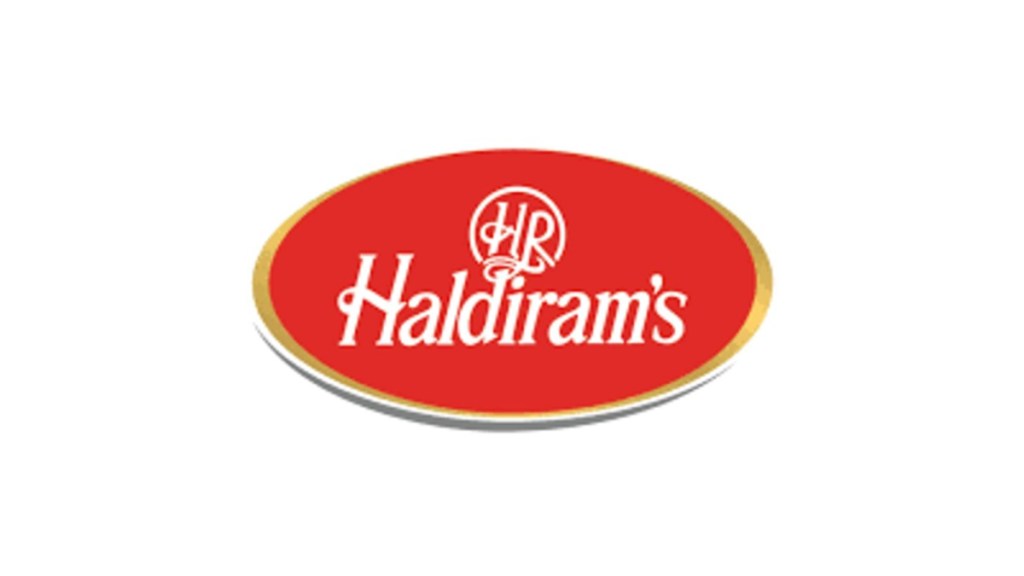Haldiram’s has done what few Indian legacy brands have managed — stay deeply Indian at heart while building a business that’s operationally modern and globally scalable. The Temasek, IHC (International Holding Company), and Alpha Wave Global deal last week doesn’t really surprise. If anything, it is a validation of something one knew intuitively — you don’t need to westernise to globalise. Of course, there are more than a handful of Indian brands that have withstood international competition.
If in soaps you have a Santoor, you have a Campa in soft drinks, and Bisleri in packaged water and so on. For its part, Haldiram’s spotted an opportunity to move consumers from commodities or unbranded snacks to a brand that is sold in hygienic and attractive packaging. Brands like Balaji and Bikaji have also managed to score over the PepsiCos of the world by being nimble and cost-competitive, a strategy that Nirma had used quite effectively against HUL in the 1970s.
The thing is, India is not just the world’s most populated country; it is also a market that offers the maximum potential for segmentation.
The $2.4-trillion (2024, Edelweiss Mutual Fund report) consumer market can be sliced by many cuts depending on what a brand offers and at what price; it is a rare market where international shampoos sell millions of sachets, and where home-grown apparel brands command a premium. And Indians are hungry for good quality food — Statista estimates the revenue in the food market at $888 billion in 2025, and expects it to grow at a compound annual growth rate of 6.66% (2025-30). There isn’t another international brand competing with Haldiram’s in this huge market though many have tried to add indigenous flavours to western foods. Haldiram’s spells comfort and familiarity, and a cultural grounding that global formats often struggle to replicate.
Indeed, no multinational muscle can flex like this — from shelf space in international supermarkets to modern mithai cafes in Indian malls, Haldiram’s has built a presence across formats without losing brand coherence. It mixes nostalgia with a slick, modern vibe, owning the table with a range that sings to every palate. Its restaurants serve everything from north Indian chhole bhature to the south staple dosa and vada, not to mention the ubiquitous French fries, made a household basic by McDonald’s.
On top if this, it added ready-to-eat foods for an emerging class of consumers across India and in some other countries too. It is hugely popular at home and among the Indian diaspora abroad because it understood the consumer, priced its products at a point that made it affordable for a large chunk and aspirational for many more, and ensured that even as its range and distribution grew quality did not drop. There may be a segment that will sneer at the idea of a Haldiram’s chocolate, but there will also be twice that number who love it.
It can be hard to establish a brand’s value to its audience, and when deep-pocketed competitors are constantly threatening to swamp it, a bold move is almost always necessary. Temasek, IHC, and Alpha Wave moved in just in time — backing a brand that is IPO-ready and also ready to expand its global footprint. Obviously not every brand gets to be cool; Haldiram’s is proof it’s not very difficult to achieve success without chasing cool.

